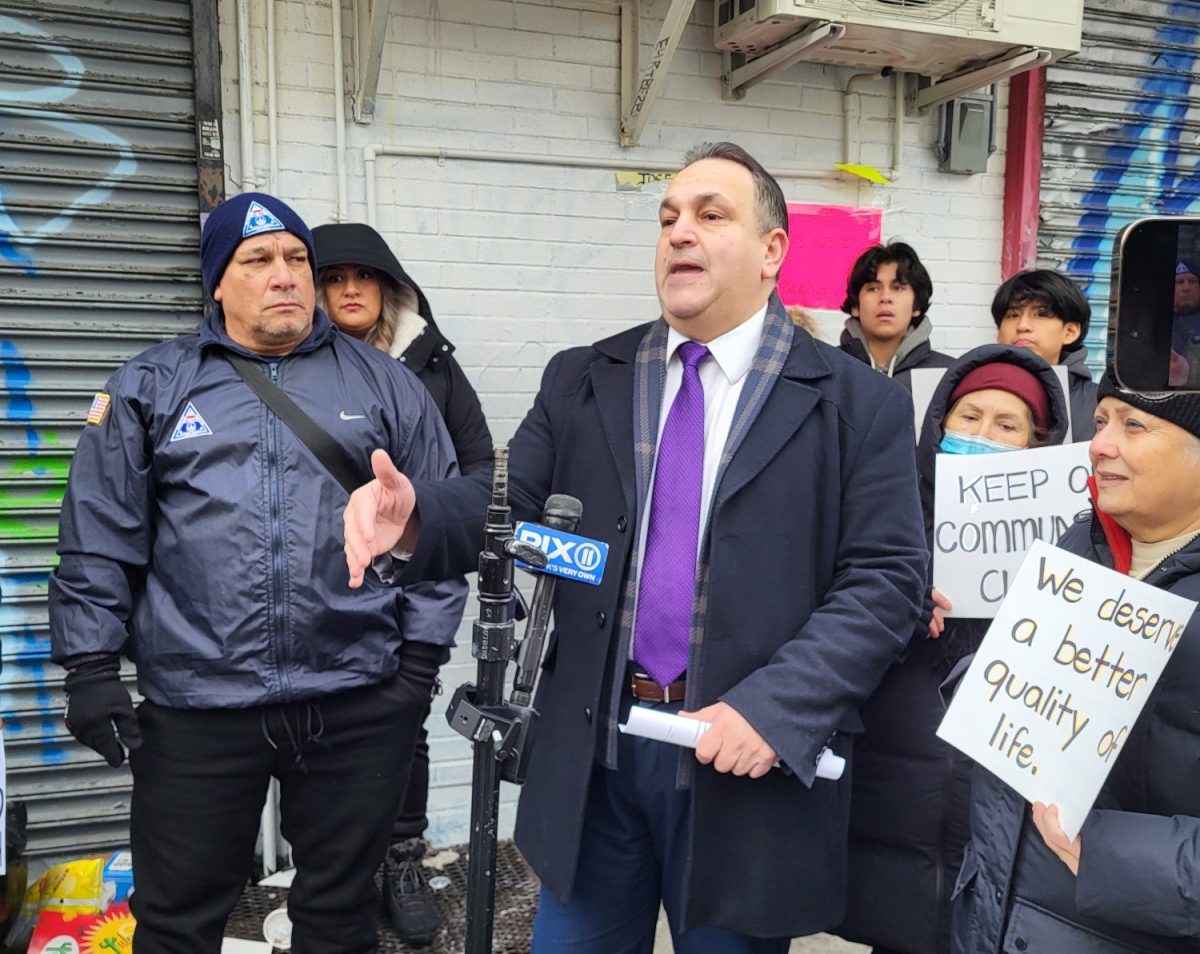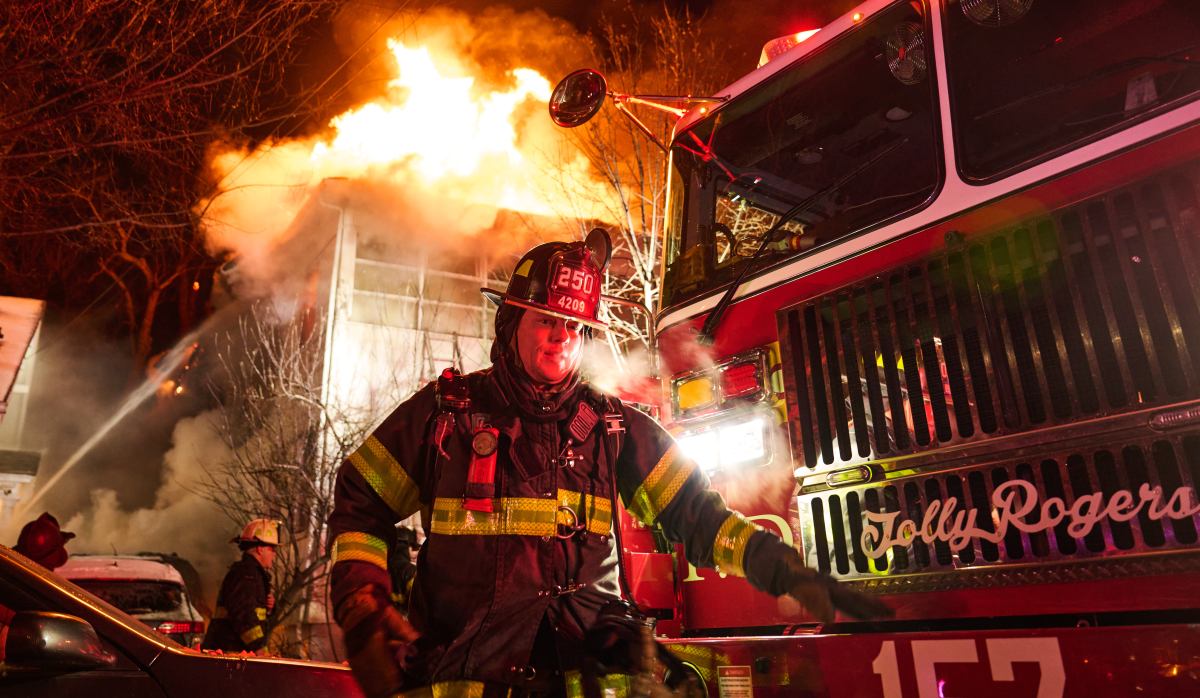
The Trump administration released and then more or less disavowed the latest National Climate Assessment, a doorstop of a congressionally mandated report that shows how climate change is here and will affect us in the coming years.
The compendium, dropped conveniently over the Thanksgiving holiday, also includes regional chapters focused on local impacts.
Here’s a selection of what it says about NYC:
Sea Level Rise
Decades of tide gauge data show that sea level rise rates have been “three to four times higher than the global average rate” along the Mid-Atlantic coast, the report notes.
Low and intermediate estimations from recent federal research suggest rises of 2 feet and 4.5 feet in the region by 2100. Worst-case scenario? “[U]pwards of 11 feet (3 m) on average by the end of the century.”
Climate refugees
The report notes complications in judging migration patterns, but cites a growing area of research on coastal states like New York and New Jersey, which are “anticipated to see large outflows of migrants, a pattern that would stress regional locations further inland.”
NYC is full of crowded coastal sections that will likely be hit again and again by flooding, making the city one of the urban areas “at risk for large numbers of evacuated and displaced populations and damaged infrastructure.”
“Cascading failures”
That’s how the report characterizes the events of the 2003 blackout in NYC, a warning of what could happen all too often in the future.
During the blackout, “a single electrical line warmed on a hot day and sagged into vegetation, tripping out of service. Redirected power overloaded other lines, causing them to trip as well.”
The disruption “cascaded through the network until at the peak of the outage it affected an estimated 50 million people in the Northeast and Canada’s Ontario province.”
That led to outages in telecommunications, transportation systems, water and wastewater treatment — which then isolated people in multistory buildings, cut disease monitoring, and slowed emergency response times, for starters.
Those are the kind of consequences that cities need to prepare for, the report warns. More heat waves, more use of AC, more need to pump and treat water. Plus energy supply failures, and then transportation delays, sometimes even after electricity is back up: “a significant time lag can occur until transportation services such as subway signals and traffic lights return to operation.”
Like we need slower subway service.
Other consequences
Climate change is expected to “lengthen and intensify pollen seasons in parts of the United States.” And exposure to certain types of pollen can lead to “increases in allergy medication sales and emergency room visits for asthma, as already documented in New York City.”
Flooding and damp conditions indoors can cause mold and associated respiratory illnesses.
And storm-related power outages can lead to foodborne illnesses — as happened with increased diarrheal illnesses from consumption of spoiled food, which the report notes was documented after the 2003 NYC blackout.
Cause for hope
The report points to various NY and NYC initiatives that are local attempts to mitigate climate change effects.
That includes a regional effort to cap and reduce CO2 emissions, and a city Trees for Public Health program.
The report also applauds NYC’s promotion of green infrastructure.
Another example of green city policy came just last week, with Queens Council Member Costa Constantinides, chair of the Committee on Environmental Protection, announcing proposed legislation mandating reduction in greenhouse gas outputs from large buildings, a major portion of city emissions.
































